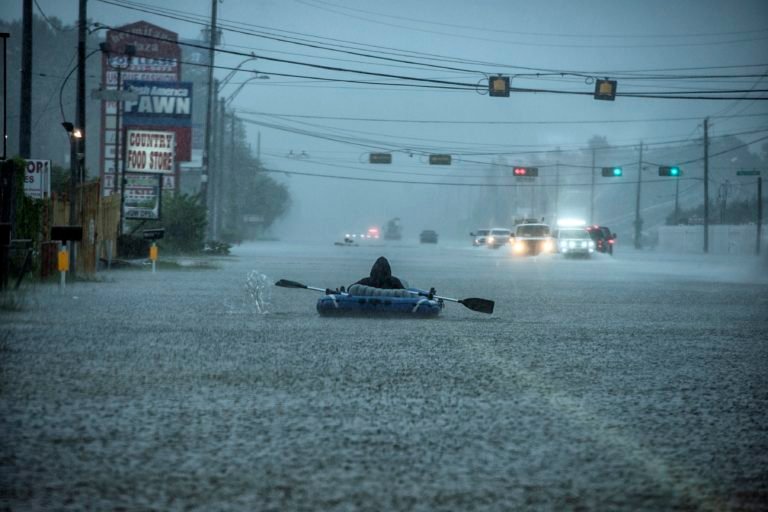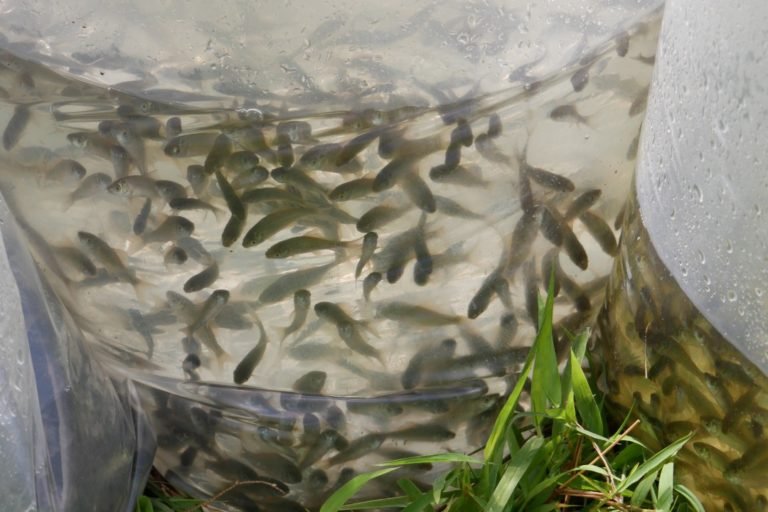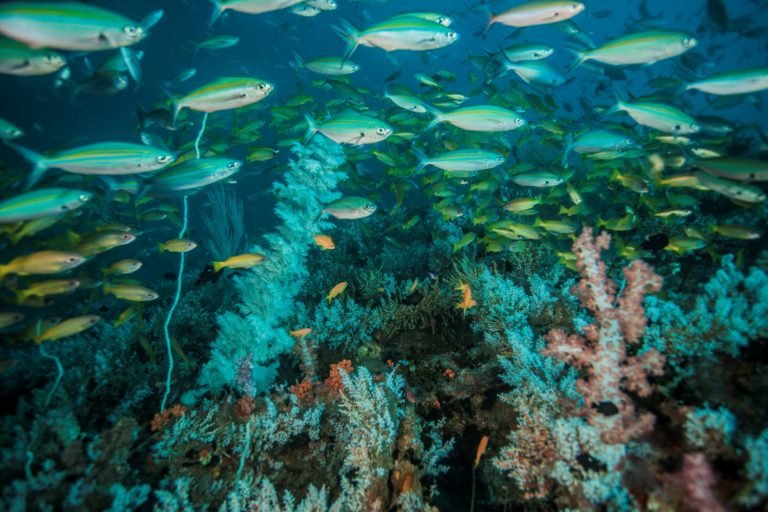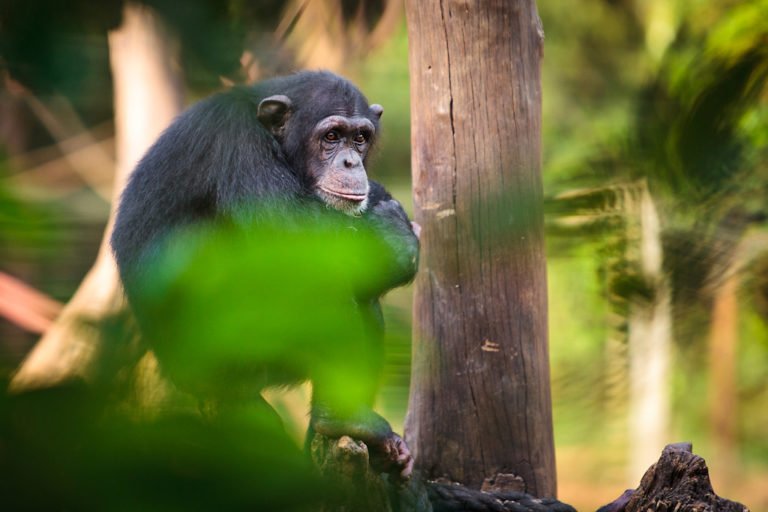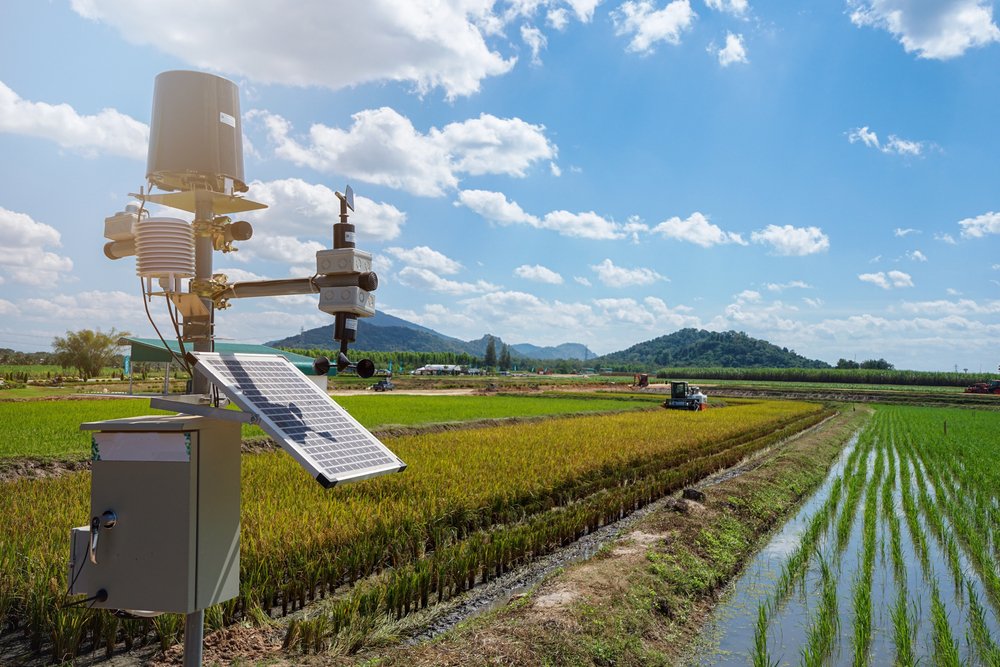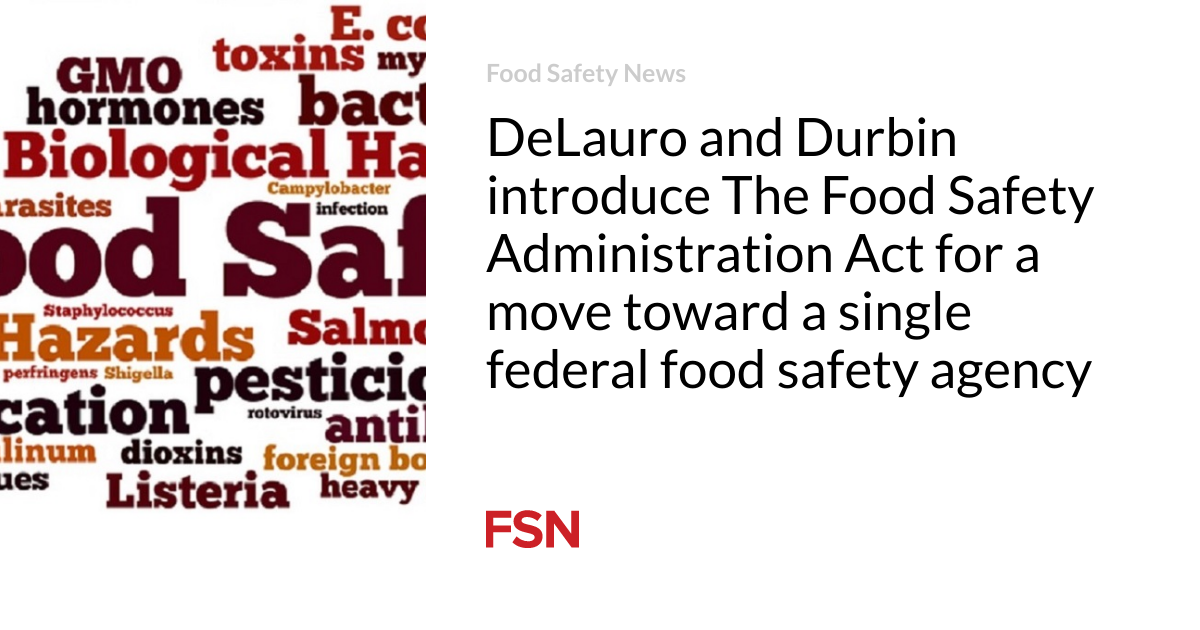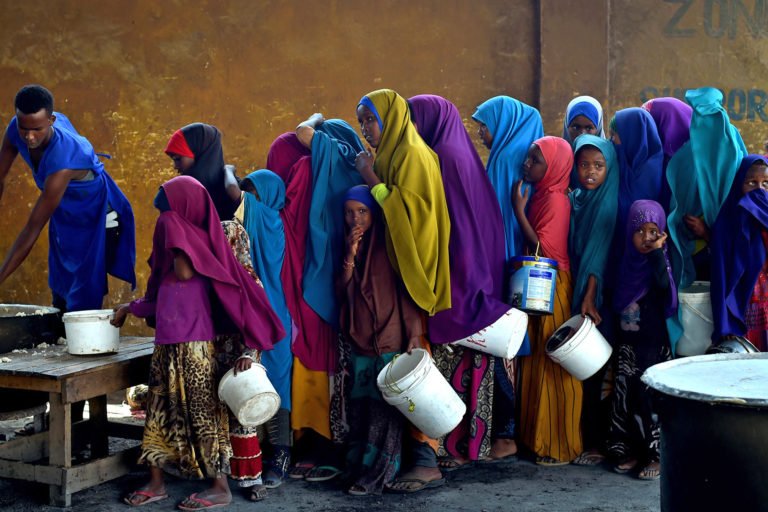- New research shows that climate change can amplify the risk of conflict by as much as four to five times in a 550-kilometer (340-mile) radius, with rising temperatures and extreme rainfall acting as triggers.
- Many countries most vulnerable to climate impacts are beset by armed conflicts, such as Somalia, which is grappling with widespread drought amid a decades-long civil war; the research suggests the country is trapped in a vicious cycle of worsening climatic disasters and conflict.
- Both too little rain and too much rain are triggers for conflict, the research finds: persistent rainfall failures increase instability over a broader geographic region while extreme rainfall increases the likelihood of confrontations over a smaller area and for a shorter time, the analysis suggests.
- The research underscores the importance of tackling climate change impacts and conflict mitigation together because misguided climate adaptation strategies can intensify existing tensions.
In October 2021, the city of Guriel in Somalia’s Galguduud region became the epicenter of fierce fighting between the national army and a paramilitary group that left more than 100 people dead and displaced another 100,000. In November, the government declared a national emergency as drought intensified over 80% of the country, including in Galguduud.
“You can run away from fighting, but you can’t escape from the drought,” Deeko Adan Warsame, head of the women’s council of Guriel, told an International Committee of the Red Cross (ICRC) official.
New research from Africa shows that fighting may, in fact, follow droughts. This year, rains failed again in Somalia, the fourth time in two years. If drought conditions persist for three years, it significantly increases the risk of violent confrontations, a study in the journal Economía Política estimated. Climate change can amplify the risk of conflict by as much as four to five times in a 550-kilometer (340-mile) radius.
Somalia, a coastal nation in the Horn of Africa, is one of the most vulnerable to climate impacts. In 2019, it was ranked 181st out of 182 countries on the University of Notre Dame’s ND-GAIN index, which ranks climate adaptation readiness. Of the 25 countries most at risk from climate change, most are already dealing with violent conflicts, according to the ICRC, which operates in conflict-wracked regions.
There’s growing evidence that climatic change shapes the political landscape, but social scientists are still piecing together how. Researchers from Spain’s INGENIO Institute, the University of Rome III and the University of Urbino Carlo Bo in Italy dug into data from Africa from 1990 to 2016 in search of answers. They mapped how far the impact of climate change on conflict reached and how the risk is spread over time.
Rainfall failures tend to impact a broader geographic area. Drier conditions cause widespread water and food shortages and sometimes force people to move. Somalia is particularly drought-prone, but severe droughts are now occurring with unrelenting frequency. In the past 15 years alone, the country was struck by three major droughts. In 2010-2011, the country witnessed its worst drought in 50 years. Then again, in 2016-17.
At the same time, climate scientists expect Somalia to receive abundant annual rainfall in the coming years, occurring in short bursts of heavy showers. This year, too, downpours dumped rain that was lost as runoff without replenishing water sources or nourishing pastures. Instead, such intense rain spells often erode the soil. Excessive rainfall, especially during the growing season, can destroy local economies. However, the analysis found that the effects of flooding are more limited. It increases the susceptibility to conflict for a shorter time and over a smaller area.
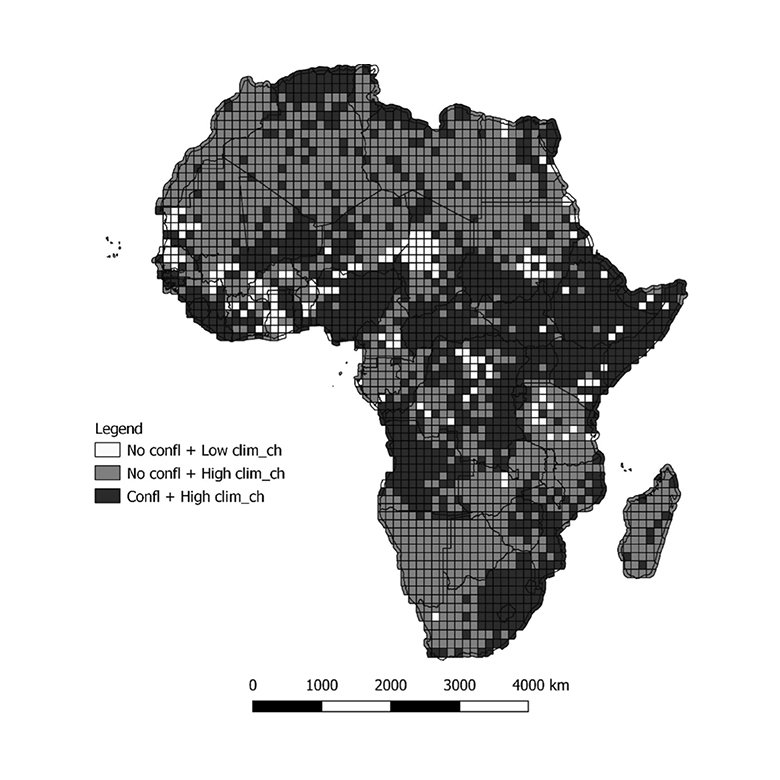
Climatic changes weigh heavily on human lives, but they aren’t often at the root of discord. Rather, they deepen existing tensions. Some pockets of the Sahel, the dry arid zone on the southern fringe of the Sahara Desert, are particularly volatile because the harsh, dry conditions can quickly become unbearable. Confrontations between pastoralists and settled farmers have erupted frequently because of competition for resources like land and water.
Pastoral herding practices are molded by the availability of water and fodder. However, centuries-old traditions can falter in the face of significant shifts, like more frequent droughts and extreme, erratic rainfall. Herding routes are woven from past knowledge about water and pasture availability. When rains fail and known pasturelands wither, pastoralists are forced to venture farther from their traditional orbits.
This displacement can bring them in contact with other nomadic groups with whom they don’t have long-standing ties. There are also many areas where herders and farmers live side by side. Where land rights are ill-defined, confrontations often break out. In Nigeria, tensions between Fulani herders, mostly Muslim, and predominantly Christian farmers aren’t rooted in environmental crises. However, shrinking land available for farming and grazing is exacerbating age-old frictions.
The likelihood of conflicts is higher in areas where pastoralists and farmers live in close proximity, a report from 2020 found. A temperature rise of 1° Celsius (1.8° Fahrenheit) can lead to a 54% increase in the risk of conflict between farmers and herders. In areas where the two groups don’t cohabit, the risk falls to 17%.
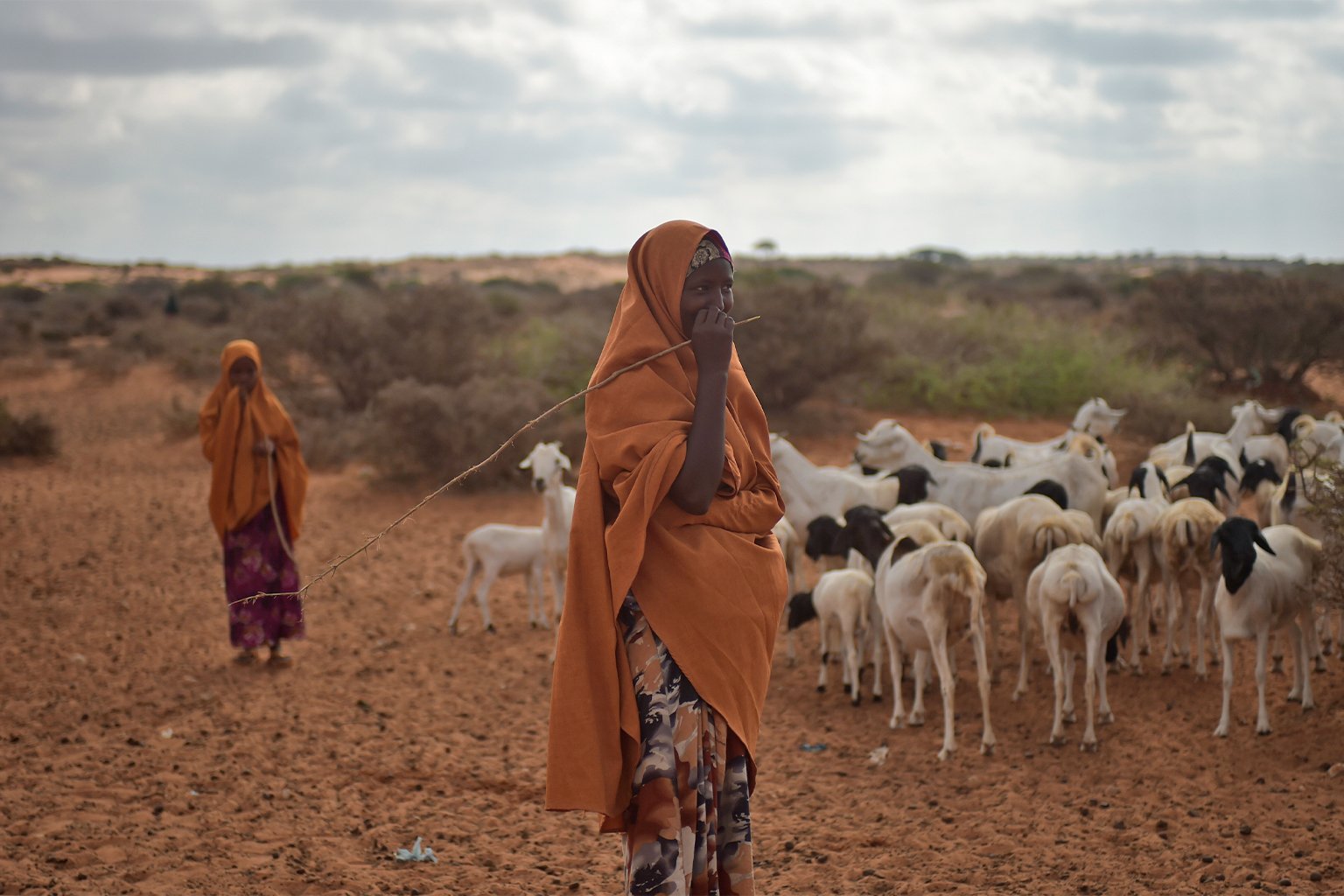
In a vicious cycle, conflicts almost always reduce communities’ ability to cope with climate shocks. Armed conflicts inflict lasting damage, for example by destroying institutions and infrastructure that supply basic needs like water and health care. In the October attacks, Guriel’s main hospital was damaged and its second-biggest hospital destroyed. According to the ICRC, a borehole that provided water for thousands of people was left unusable.
The new research shows that climate change’s toll is heavier than conventional estimates suggest. An increase in the conflict risk for sub-Saharan Africa by 2030 could lead to 393,000 additional deaths, a 2009 study reckoned. It also underscores the importance of tackling climate change and conflict mitigation together. Some strategies to ease climate-related pressures can feed social conflicts, for example when climate finance is directed to some groups and not others, or when NGOs provide alternatives to some communities and omit others.
Banner image: Young girls line up at a feeding centre in Mogadishu, Somalia, during the severe drought and near-famine in 2017. Image by Tobin Jones / UN Photo via Flickr (CC BY-NC-ND 2.0).
Citations:
Cappelli, F., Conigliani, C., Consoli, D., Costantini, V., & Paglialunga, E. (2022). Climate change and armed conflicts in Africa: Temporal persistence, non-linear climate impact and geographical spillovers. Economia Politica. doi:10.1007/s40888-022-00271-x
Harari, M., & Ferrara, E. L. (2018). Conflict, climate, and cells: A disaggregated analysis. The Review of Economics and Statistics, 100(4), 594-608. doi:10.1162/rest_a_00730
Maystadt, J. F., & Ecker, O. (2014). Extreme weather and civil war: Does drought fuel conflict in Somalia through livestock price shocks? American Journal of Agricultural Economics, 96(4), 1157-1182. doi:10.1093/ajae/aau010
Burke, M. B., Miguel, E., Satyanath, S., Dykema, J. A., & Lobell, D. B. (2009). Warming increases the risk of civil war in Africa. Proceedings of the National Academy of Sciences, 106(49), 20670-20674. doi:10.1073/pnas.0907998106



